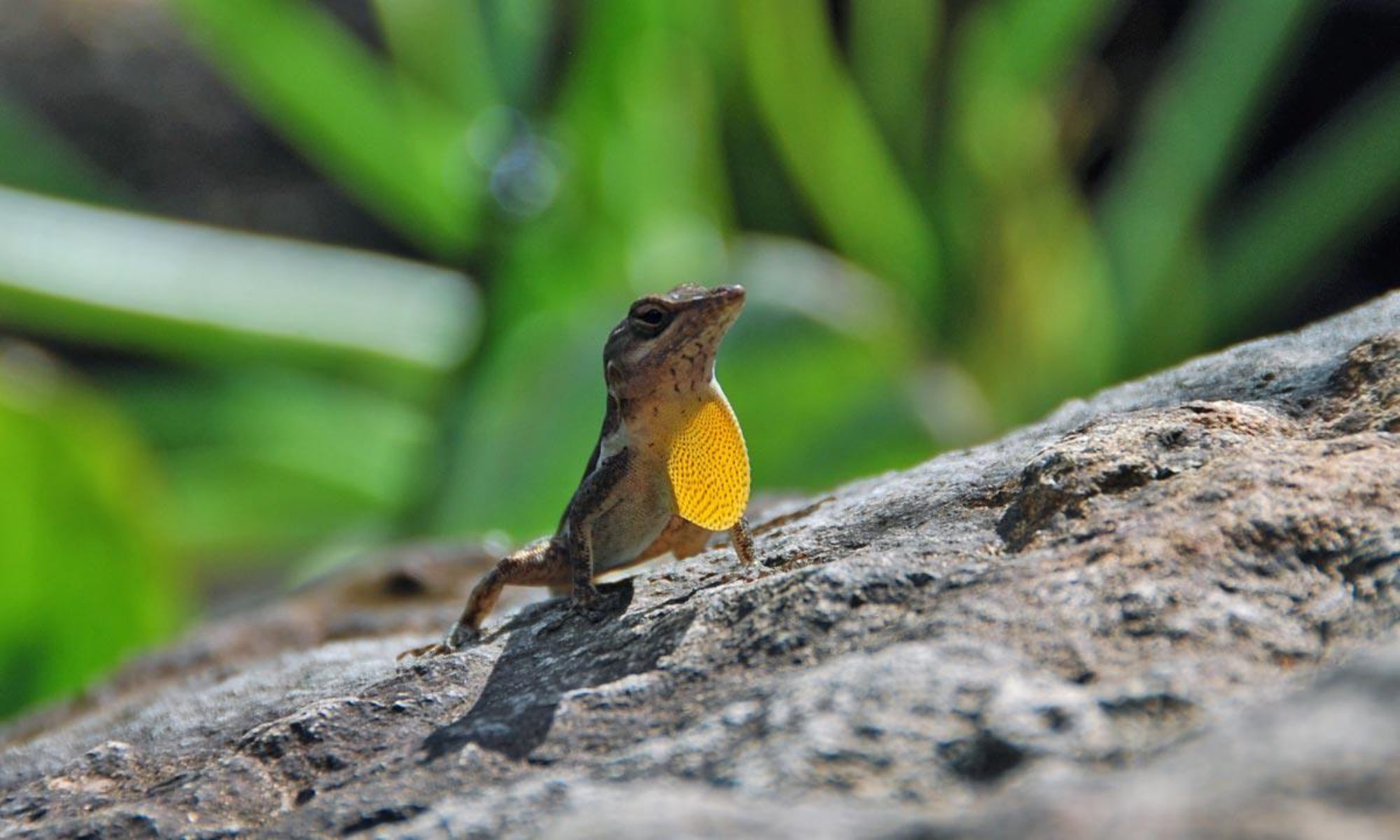As part of #plasticfreeJuly we’ve been looking in detail at the environmental impact of the food we buy. Reducing meat, dairy, and processed foods is a great way to reduce plastic consumption (and your carbon footprint) but not all fruit and veggies are available everywhere without excess single use plastic packaging. Berries are renowned for their antioxidants but their fragile nature makes them an expensive treat financially and environmentally. Fresh vs frozen berries and the environment: Could frozen produce be a better choice?
Nutrition
There isn’t that much difference between supermarket fresh and frozen. Quick-frozen fruits and vegetables often have higher antioxidant levels. Attacked by dehydration, microbes, and enzymes, refrigerated produce rapidly begins to break down. One of the best examples, green peas, loose up to half of their vitamin C within 48 hours. Other vitamins and minerals are found at higher levels in some fresh produce, but not all, making it hard to choose.
If you are eating veggies to increase your dietary fiber content, rest assured that the fiber levels remain pretty consistent as the food ages, and freezing doesn’t have an impact on fiber either.
If you really want to focus on nutrition, grow your own, or support local farm-to-table initiatives. Cooking method is also has a huge impact on the nutrition content of your food.
Nutrition Winner: Tie
Taste
Taste is subjective and relies on all the senses. While the flavor might be similar, frozen just can’t match the texture of fresh. Fresh berries win for pavlova and frozen berries for smoothies.
Taste Winner: Fresh
Plastic
A fresh 16oz punnet of strawberries uses 31 grams of #1 PETE in their plastic clamshell. 16 oz of frozen bagged strawberries in a resealable sturdy bag uses 12 grams of plastic. Thinner, lighter bags are also available.
The plastic used in clamshells is possible to recycle, but often needs to be processed differently compared to the more widely-recycled plastic bottles and are therefore not accepted everywhere. The thin plastic used in bags is even harder to recycle.
As less than 10% of plastic actually gets recycled, re-purposing might be an better option. Plastic clamshells can be re-purposed as seed trays or to hold home grown produce. Resealable plastic bags can be used in place of ziplocks – and the stand up ones also make a good seed starter once they have reached the end of their washing tolerance.
Plastic Winner: Frozen
Cost
In some countries you can get great deals on local fresh berries when in season. However, in the Caribbean, fresh berries are never in season. Frozen are usually 1/2 to 1/3 of the price of fresh.
Cost Winner: Frozen
Fresh vs Frozen Berries and the Environment
It is difficult to compare the true differences in carbon footprint between fresh, frozen, or canned fruits and vegetables. There are lots of variables to take into account, like refrigeration costs, out of season growing, and transport. Another big factor is food waste.
It is widely cited that 1/3 of all food goes to waste. This staggering number represents the waste that happens during processing, supermarket spoilage, and poor household food management.
Frozen fruit and vegetables are believed to have a lower carbon footprint mostly because less goes to waste at the household level. They are also able to be grown seasonally, reducing the need for out-of-season energy intensive growing. Lastly, frozen produce can be shipped by lower-energy methods, further reducing their overall carbon footprint.
However, one article compares the energy required to produce a shelf stable can of corn to the frozen equivalent. They found that, if stored for longer than 100 days, the energy intensive canning process is surpassed by the cooling energy costs of long term refrigeration.
Environmental Impact Winner: Frozen
Fresh vs Frozen – The Bottom Line:
Frozen fruit and vegetables are a convenient and healthy alternative to fresh. While frozen produce may be easier on your wallet, sometimes the superior texture of fresh produce might make it worth the extra expense.
Fresh berries may seem like an indulgence, but keep in mind that the full life cycle (growing, processing, packaging, transportation, preparation, and disposal) of fruits and vegetables produces 1/5th the greenhouse gasses per gram compared to meat and dairy products.
As well as avoiding the use of single use plastics, you can also encourage producers and supermarkets to reduce packaging. Renewable alternatives are becoming more widely available. You can also help by comitting to reduc food waste at home, and keep any food that does spoil out of the landfill by composting it.

